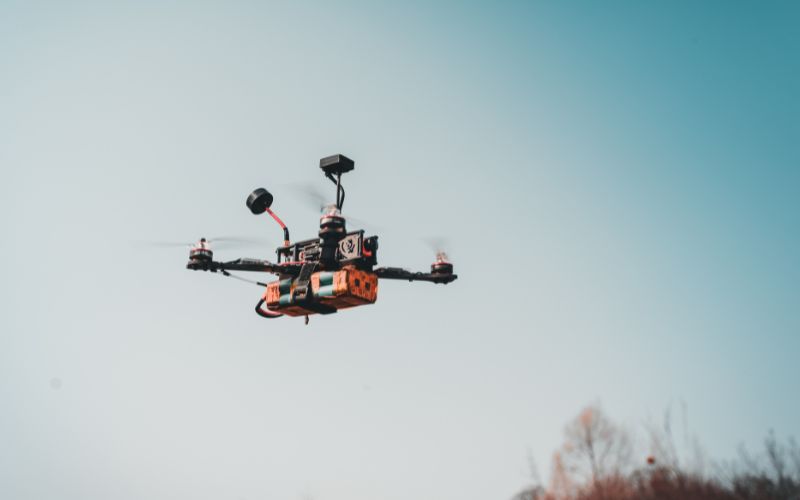Ukraine’s FPV Drone Interceptors Target Russian Recon Drones

A new video from Ukrainian drone unit Wild Hornets highlights their FPV drones successfully intercepting over 100 Russian reconnaissance drones. According to Wild Hornets, the footage represents just 10% of their total interceptions, emphasizing the scale and success of their efforts.
Ukraine’s FPV (first-person view) drones, originally developed as part of a crash program, have now become an essential tool in countering Russian surveillance operations. These small, fast drones are equipped with cameras, allowing operators to guide them directly into enemy drones. Ukrainian forces have effectively deployed them against Russian UAVs like the Orlan-10 and Zala 421-16Е2, commonly used for real-time intelligence gathering and artillery spotting.
The Orlan-10, for example, can operate for up to 12 hours at high altitudes and long distances, making it difficult to neutralize through traditional electronic warfare methods. FPV drones, manually piloted at high speeds, have emerged as a highly effective countermeasure. The footage released by Wild Hornets showcases these FPV drones regularly engaging Russian UAVs in contested airspace, demonstrating their tactical advantage.
Ukrainian forces are making significant strides in clearing Russian drones from the skies. The video shows the successful elimination of several types of drones, including:
- 36x ZALA
- 7x Supercam
- 5x Orlan
- 1x Lancet
These operations will likely cause severe challenges for Russian forces reliant on drone-based reconnaissance.
— (((Tendar))) (@Tendar), September 6, 2024
The effectiveness of these FPV interceptors first gained attention during Ukraine’s Kursk offensive, where they were used to take down Russian surveillance UAVs ahead of key operations. Ukrainian forces have reported that reducing the presence of Russian drones helped to slow rapid artillery targeting, allowing their ground forces to advance with fewer obstacles.
Another significant success was in the Toretsk sector, where Ukraine’s 93rd Mechanized Brigade deployed FPV interceptors to shoot down 50 Russian reconnaissance drones over a short stretch of the frontline. This occurred along a 20-kilometer area, demonstrating how concentrated drone activity can be neutralized using interceptor drones.
Ukrainian forces are also developing more advanced anti-drone tactics, including fixed-wing interceptors for longer ranges and strategies to counter long-range Iranian-made Shahed drones.
